There are many cooling methods for INM series radial piston hydraulic motors, and the specific choice depends on the working environment, workload and application requirements of the motor. These cooling methods mainly include natural cooling, hydraulic oil cooling, water cooling, air cooling and combined cooling.
Natural cooling is the most basic cooling method, which relies on the surface area of the motor itself to exchange heat with the surrounding environment to dissipate heat. This method is suitable for applications where the ambient temperature is not high and the workload is light. Since there is no additional cooling system, the structure is simple, maintenance is convenient and the cost is low. However, the effect of natural cooling is limited and cannot meet the needs of high temperature and high load conditions.
Hydraulic oil cooling removes the heat generated by the motor through the hydraulic oil in the hydraulic system. The hydraulic oil absorbs heat when it flows through the inside of the motor, and then cools down through a special cooler (such as an oil cooler) and then recycles it. This method has a high cooling efficiency and is suitable for high load and high temperature environments. The hydraulic oil cooling system needs to be equipped with additional coolers and related equipment, which increases the complexity and cost of the system, but can effectively extend the service life of the motor and ensure its stable operation under high-intensity working conditions.
Water cooling is very common in some high-power and high-temperature applications. By arranging water cooling channels outside or inside the motor, the cooling water circulates and takes away the heat, achieving a significant cooling effect. The water cooling system has high cooling efficiency and is suitable for extreme temperature and high power conditions. However, the water cooling system requires additional water sources and cooling equipment, which increases the complexity and maintenance requirements of the system. Especially in some special environments, preventing water pollution and corrosion is also a problem that needs attention.
Air cooling cools the motor by using fans or air flow. This method can be achieved by an independent cooling fan or through the overall ventilation system of the equipment. Air cooling is suitable for applications under medium loads and ambient temperatures. It has a simpler structure and relatively low cost. Although the cooling effect of air cooling is not as good as hydraulic oil cooling and water cooling, its maintenance is relatively convenient and suitable for conditions where cooling requirements are not particularly high.

 ENG
ENG
 English
English русский
русский Español
Español
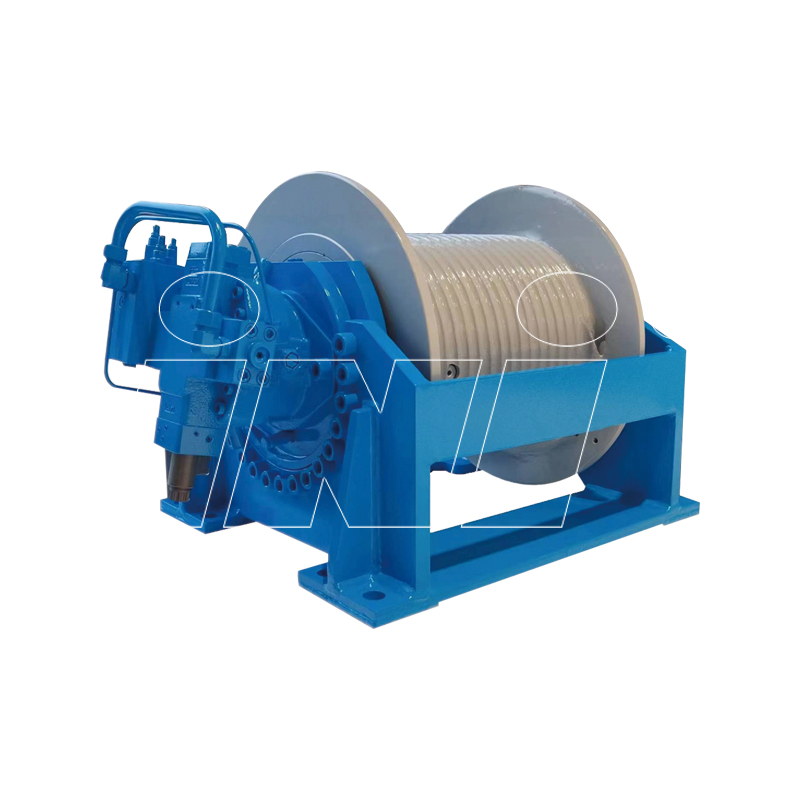
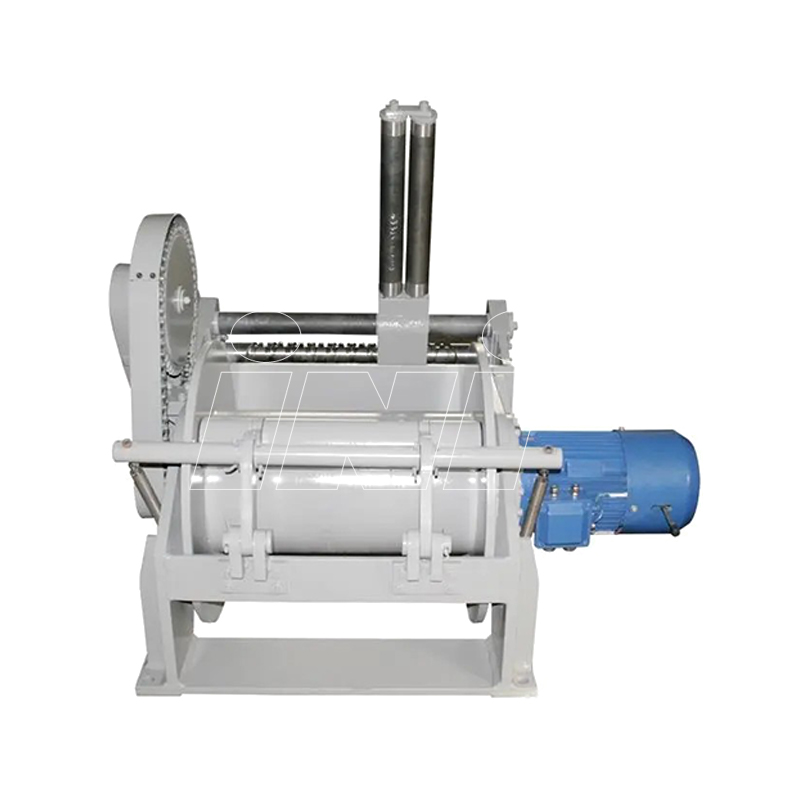
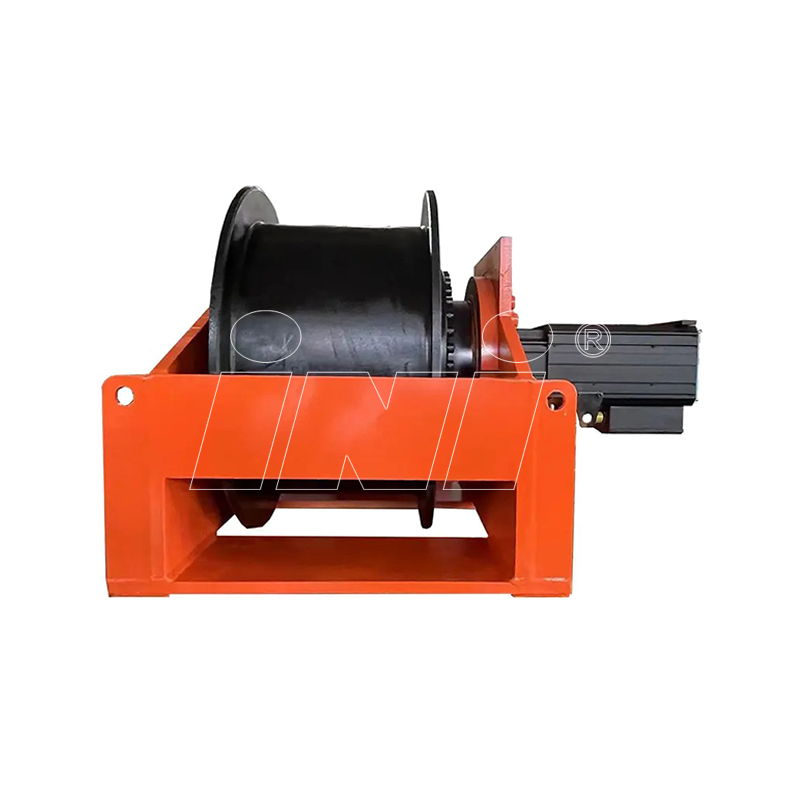

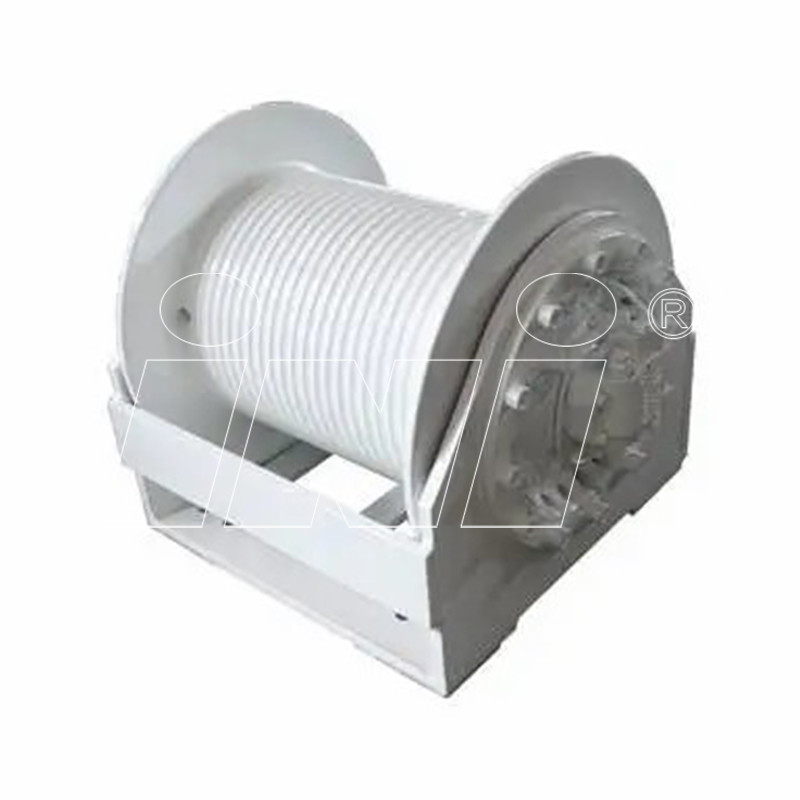
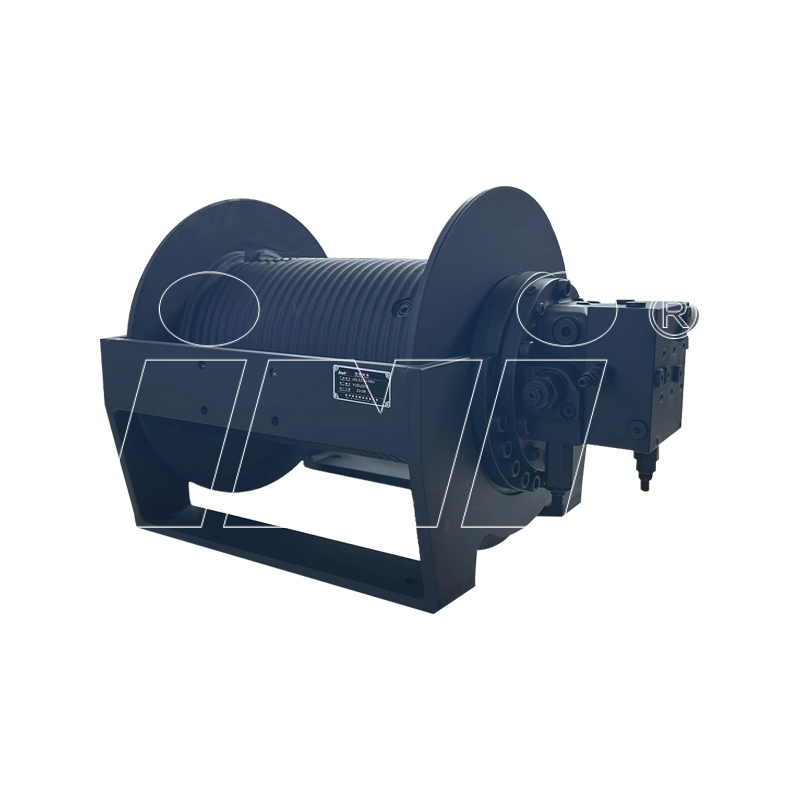
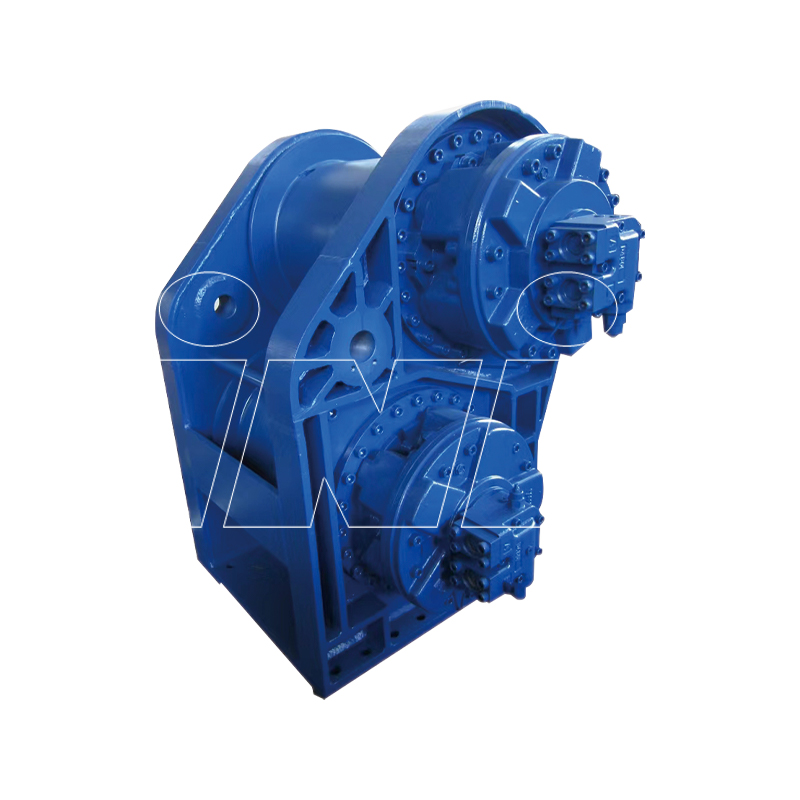

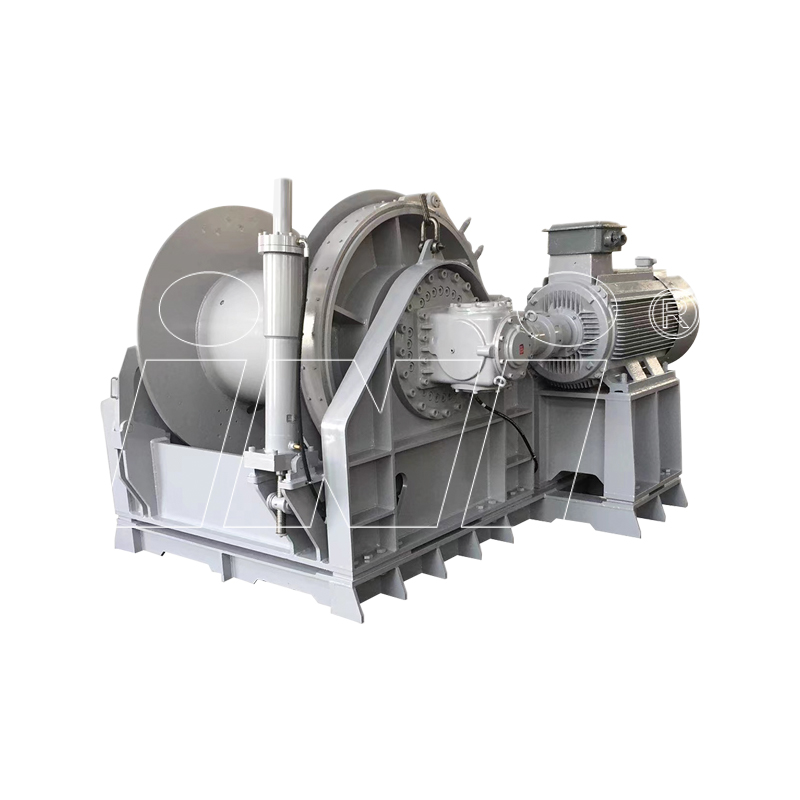





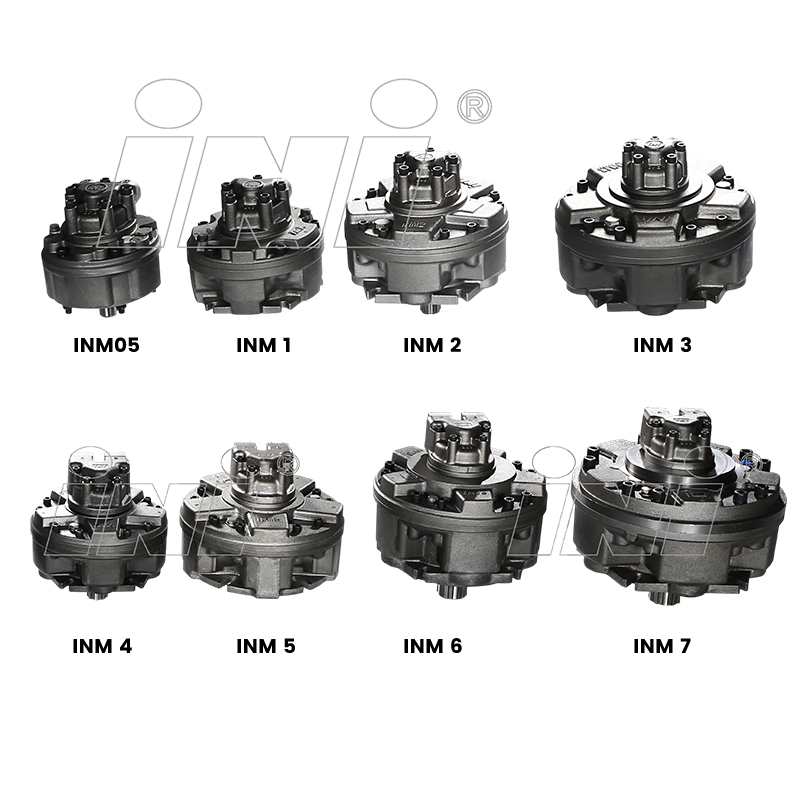

 English
English русский
русский Español
Español
 TOP
TOP